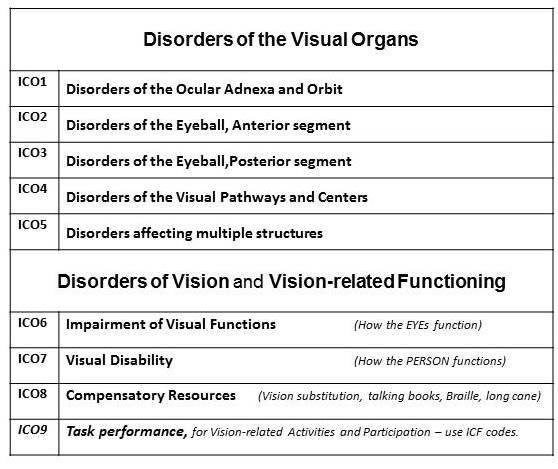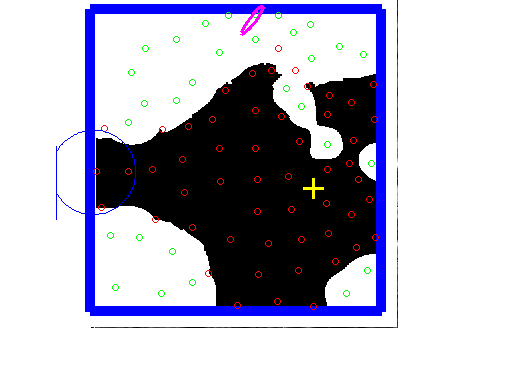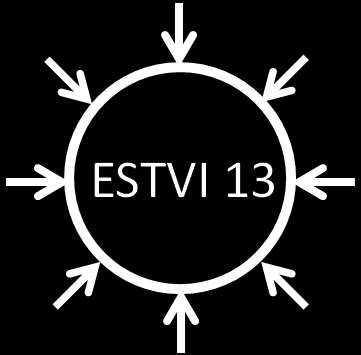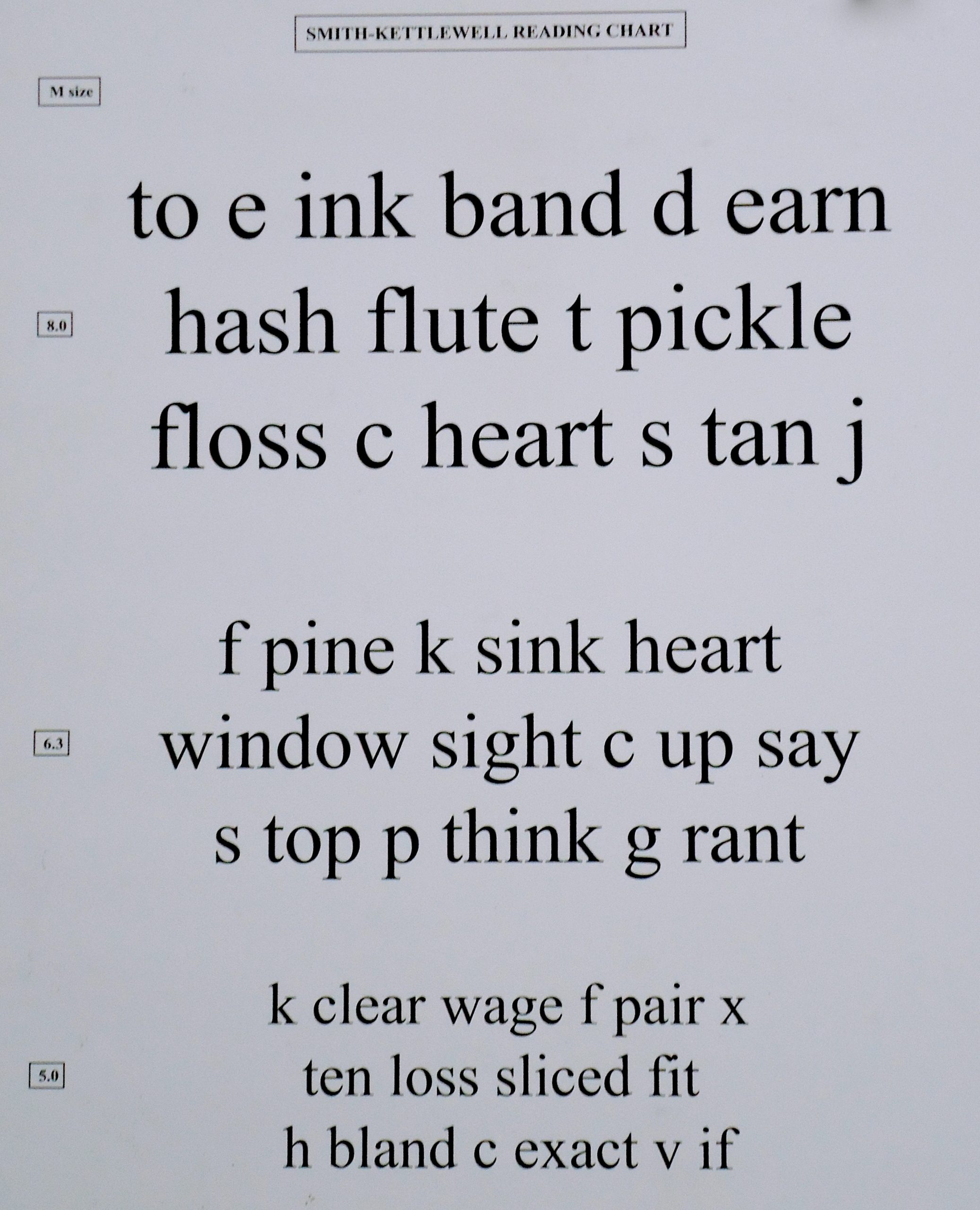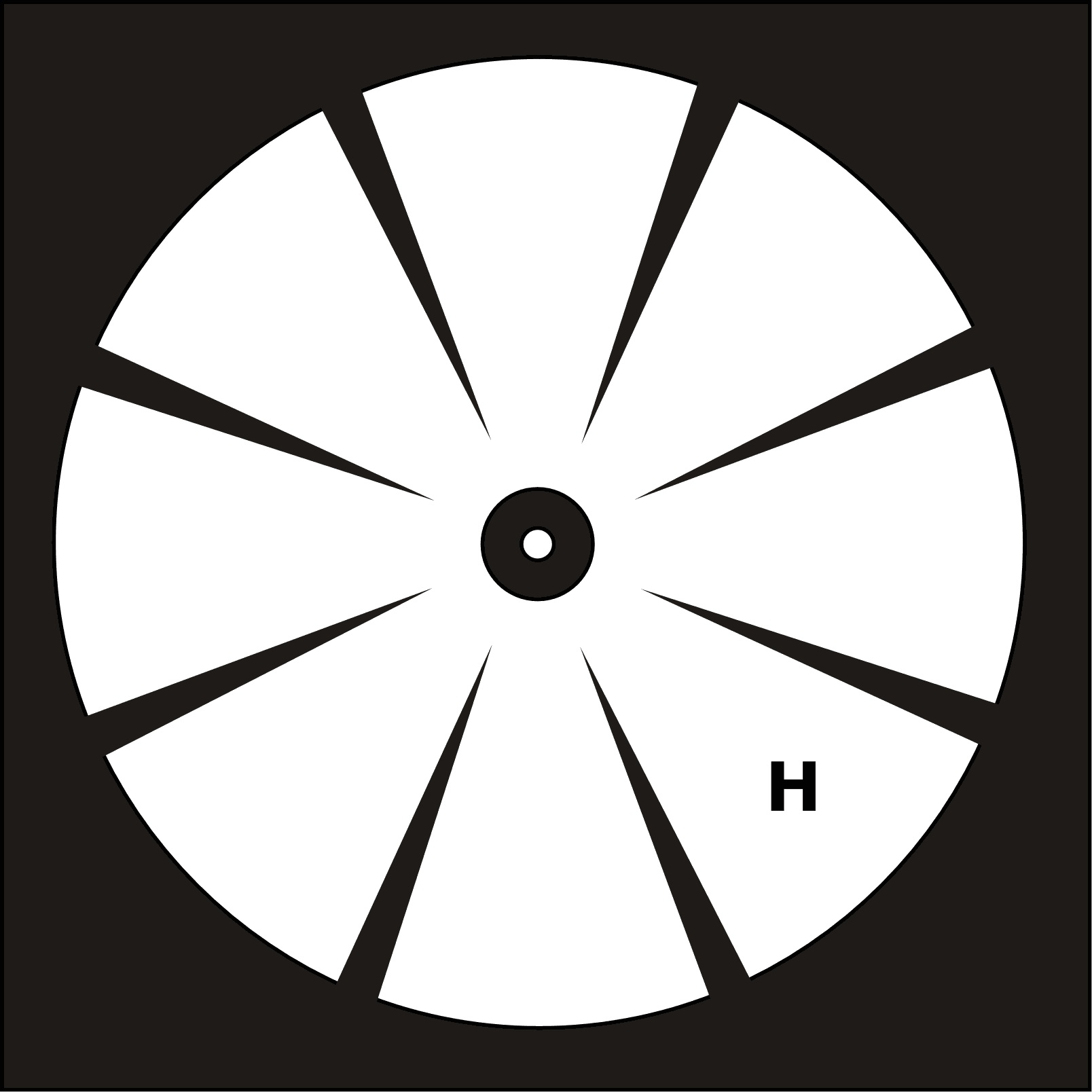State of the Science Conference On Rehabilitation Technology & Methods For a Changing Population
Date: Friday, December 4, 2015
Location: The Smith-Kettlewell Eye Research Institute, 2318 Fillmore St., San Francisco CA 94115
The goal of this invitation-only conference was to identify needs for future research in rehabilitation technology, methods for the blind and visually impaired population, and those with dual sensory loss.
Program:
8:45 – 9:15 Check-in and coffee/pastries
9:15 – 9:25 Welcome
9:25 – 9:45 Keynote: Paul Schroeder (link to YouTube video)
9:45 – 10:45 Panel 1: Changing Populations. How should we change our approach to assessing and addressing visual impairments? (link to YouTube…
SKERI-VF
Walker et al (Renninger, Psomadakis, Dang & Fletcher, 2008) suggested a novel method to estimate the monocular scotoma area from perimetry data in macular degeneration based on (i) an optic-disc based estimation of the location of the fovea and (ii) the increase in the receptive field size with eccentricity. Here, Dr Walker and I introduce a new GUI that applies this method to data from the Optos OCT/SLO.
Tactile Graphics Helper (TGH)
Tactile graphics use raised lines, textures, and elevations to provide individuals with visual impairments access to graphical materials through touch. Tactile graphics are particularly important for students in science, technology, engineering, and mathematics (STEM) fields, where educational content is often conveyed using diagrams and charts. However, providing a student who has a visual impairment with a tactile graphic does not automatically provide the student access to the graphic’s educational content. Instead, the student may struggle to decipher subtle differences between textures or…
Workshop Series on Computer Vision and Sensor-Enabled Assistive Technology for Visual Impairment
Recent workshop:
Workshop on Environmental Sensing Technologies for Visual Impairment (ESTVI ’13 in San Francisco)
ESTVI ’13 focused on emerging technologies capable of sensing environmental features for applications in access technologies for persons with visual impairment, including low vision and blindness. The development of environmental sensing technologies (ESTs) and the study of their potential to support the activities of daily living for visually impaired persons is progressing at a rapid pace, and engages many disparate research fields, including computer vision, wearable sensors…
Door Entry
This project has developed a system to give accessibility to blind people.
Assessment of Speechreading with Dual Sensory Loss: Visual and Hearing Impairments
The purpose of this research study is to test subjects who have various hearing and vision problems on their lipreading, visual and auditory skills in order to understand the relationships between lipreading and visual impairment. We then can explore training strategies to improve auditory and visual communication.
Reading Random Word Sequences (The SKread Test)
This vision test shows random word sequences that prevent the prediction of upcoming words by linguistic criteria and is simple to score in a clinical setting.
It combines the standardized format of the MNread test with sequences of random words and letters, like in the Pepper test. We have used this test on hundreds of patients with maculopathies and on healthy subjects to measure their reading speed and register errors.
Reading speed was always higher for continuous text than for random word sequences, even in normally sighted subjects. The number of errors made was always higher than for…
The Macular Mapping Test
The Macular Mapping Test (MMT) is a tool for the assessment of the topography of vision. It is a quick and low-cost alternative to conventional perimetry in practical low vision care.
While standard perimetry uses a detection task, the MMT measures the recognition of single letters in the center and near periphery (+/- 10 deg) of the visual field. Their sizes increase according to eccentricity and can be shown at different contrast levels. Each letter is displayed only for a brief moment (250 ms). One test run of 36 trials takes only about 3 minutes.
We have tested patients with early age…
